- About Us
- Bearings
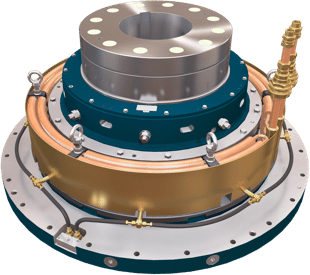 Vertical Bearings
Vertical Bearings
- AV Series
AV
LV SeriesLV
MV SeriesMV
V SeriesV
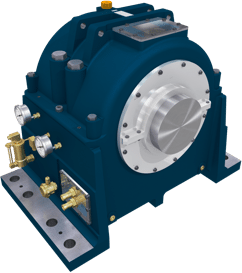 Horizontal Bearings
Horizontal Bearings
- HD Series
HD
IH SeriesIH
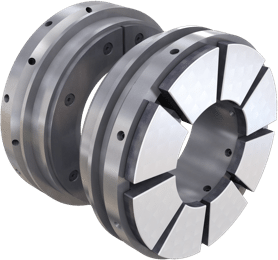 Tilting Pad Bearings
Tilting Pad Bearings
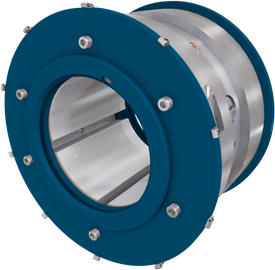 Journal Bearings
Journal Bearings
- Journal Pad Units
Journal
 Thrust Bearings
Thrust Bearings
- SE Series
SE
Omega EqualisedOmega
OmegaOmega
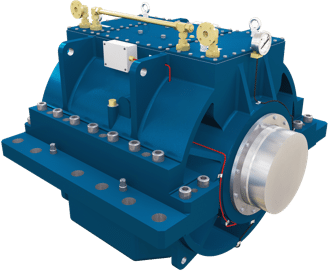 Marine Bearings
Marine Bearings
- Marine Gearbox Internals
Marine
Marine Propulsion Motor
and Generator BearingsEnter your email to download the full paper
"*" indicates required fields
Outline
Home > Large Low Maintenance Horizontal Turbine Bearings – A Case Study From A Remote Installation in AfricaLarge Low Maintenance Horizontal Turbine Bearings – A Case Study From A Remote Installation in Africa
J E L Simmons, Heriot-Watt University, UK and J Jackson
Abstract
This paper is a design case study based on some new bearings supplied for a set of large water turbines in a remote central African location which posed a number of demanding problems. It was important to design for low operating costs throughout the life of the machines. This meant designing for a small maintenance requirement and including special features to allow for local servicing and inspection of the bearings within a very restricted space. It was necessary also to pay special attention to the sealing arrangements and include some seals which are wear free, and which will not need to be adjusted or replaced during the lifetime of the machine.
Combined thrust and journal bearings and plain journal bearings have been provided for an initial installation of three turbine generators. It is planned that eventually eight such machines will be built.
Introduction
Particular problems arise for bearing designers when equipment is to be installed in very remote locations. In the present case, a total of eight water turbine generators are planned for a central African location which is about 1600 km for any sizable settlement. There will be no power supply at site before start up of the first turbine other thhan from a diesel generator.
The very distance from any services and the difficulties of communication makes it imperative to provide a bearing system with extremely low life time costs. This has meant not only designing for as small a maintenance requirement as possible but also including features to enable in situ inspection and servicing of the bearings within the confined circumstances of the turbine housings. The turbine housings are themselves fully immersed in water with the only means of internal access being a 900 mm diameter vertical shaft.
ACCESS FULL PAPERRecommended articles
Measurements of Maximum Temperature in Tilting-Pad Thrust Bearings
Performance Experiments with a 200 mm, Offset Pivot Journal Pad Bearing
Two Case Studies for the use of PTFE Thrust Bearings in Hydropower Applications
The Development of a PTFE Faced Thrust Bearing for Dinorwig Pumped Storage Power Station
Michell Bearings
Waldridge Way,
Simonside East Industrial Park,
South Shields,
NE34 9PZ.Tel: +44 (0) 191 273 0291
Email: sales@michellbearings.com
Email: hrteam@britishengines.com
Email: recruitment@britishengines.com© Michell Bearings.
Registered Office Address: 11 Glasshouse Street, St Peter's, Newcastle upon Tyne. NE6 1BS. Company registered in England and Wales no. 9390648

 PTFE Bearings
PTFE Bearings